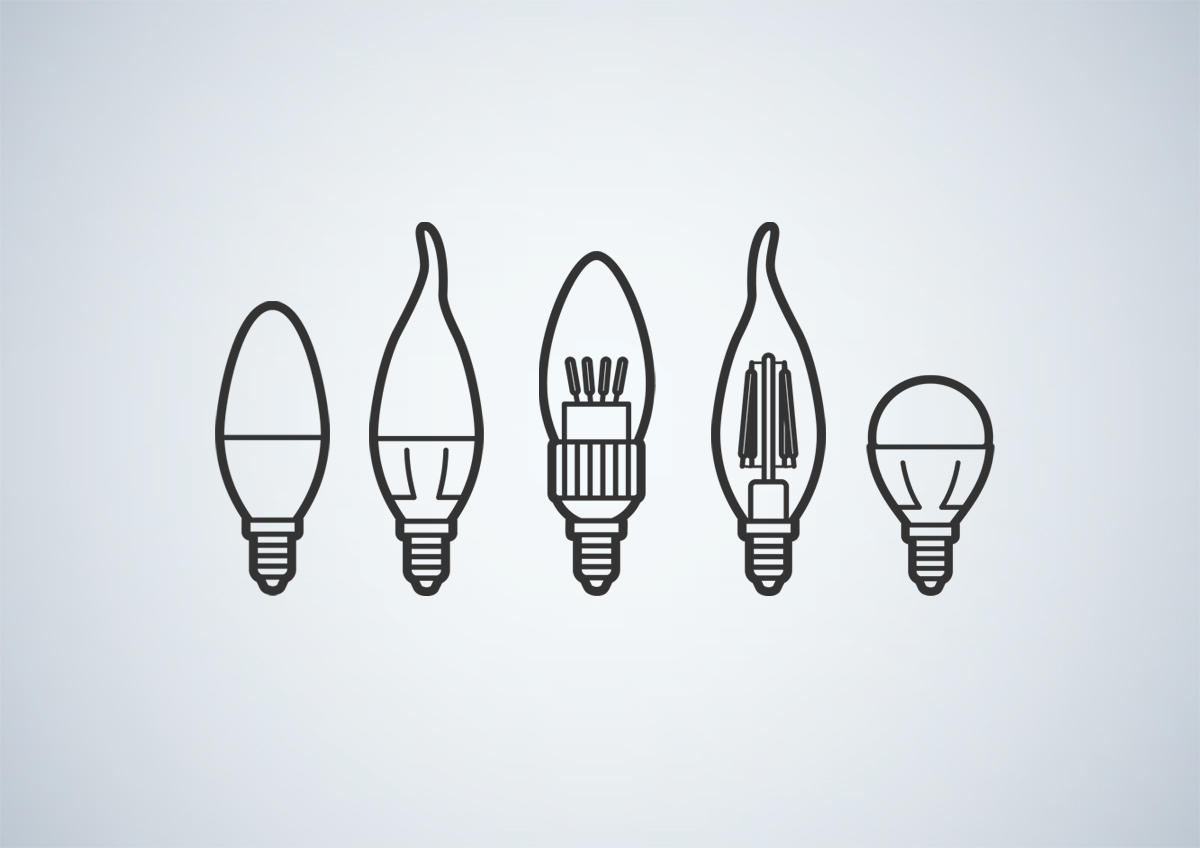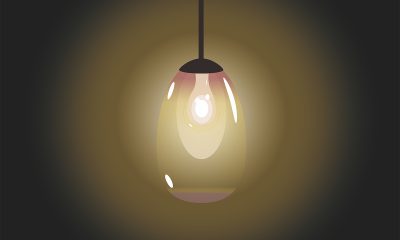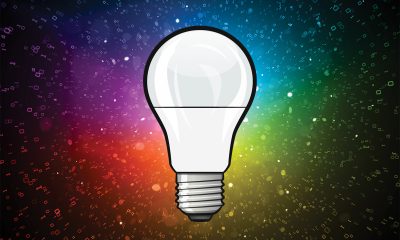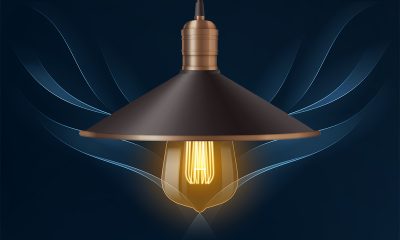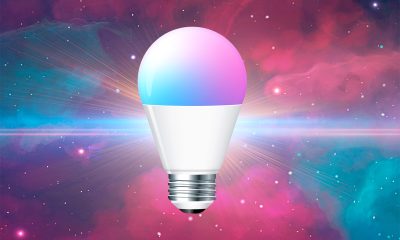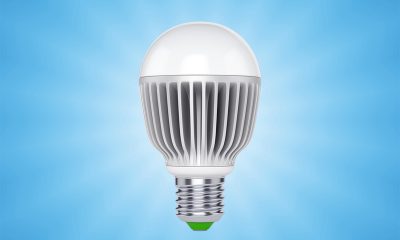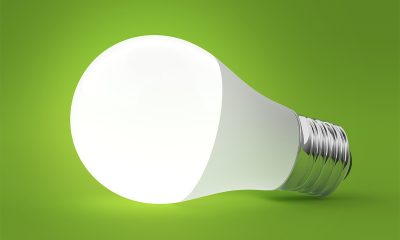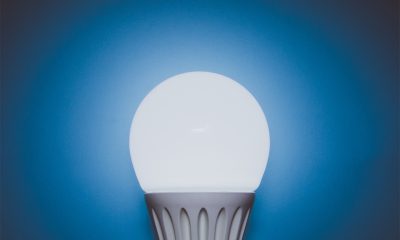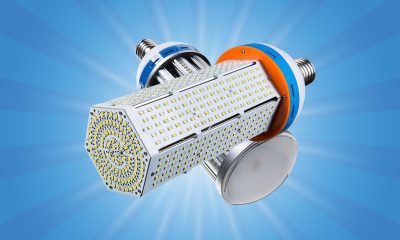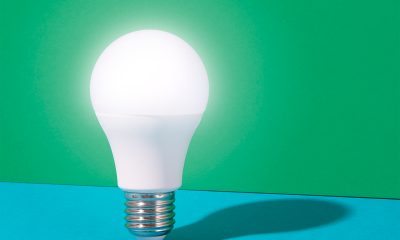What is an E14 light bulb
An E14 light bulb is an electric light that uses a small Edison screw (SES) base to connect to the branch circuit through a corresponding socket. The SES base is sometimes called the European screw base because it’s a very common size used throughout Europe and the UK. In the designation “E14”, “E” stands for “Edison” and “14” indicates the diameter of the base is 14 mm. E14 light bulbs are also used in other countries that use 220–240 Volt AC domestic power. These bulbs are for use in chandeliers, wall lights, night lights, table lamps, and pendant lights.
Bulb shapes
E14 light bulbs come in a variety of bulb shapes, which include bulged (B), candle (C), golf ball (G), reflector (R), and tubular (T) shapes. Torpedo (bulged) and candle bulb shapes are in the most prevalent use with E14 bases.
LED lighting advantages
From incandescent and halogen to compact fluorescent, and now LED, the technology for E14 light bulbs has evolved to the most efficient light source. LEDs emit light as a result of the injection electroluminescence effect in compound semiconductor structures. Specifically, when electrical current is passed through an LED in a forward direction, carrier electrons recombine with holes in the active region of the diode and release energy in the form of photons (visible light). This light-emitting mechanism contributes to an efficiency and reliability that are unparalleled in the history of electric lighting. LED lamps use a fraction of the energy of incandescent light bulbs and will last for years. Solid state lighting based on LED technology also delivers unprecedented flexibilities in photometric distribution, light output and spectral output control.
Retrofit E14 LED bulbs
An E14 LED bulb is a self-ballasted light bulb that runs directly from an AC power source (“line voltage”). The integrate assembly is comprised of LED packages, driver circuitry, a heat sink, a glass or plastic envelop, and an E14 screw base. The LED replacement bulb has a form factor that conforms to IEC (International Electrotechnical Commission) 60061-1 Standard Sheet # 7004-23. E14 LED bulbs may incorporate an assembly of SMD LEDs or LED filaments. SMD LEDs are plastic mid-power packages that feature a high source efficacy and a high flexibility of optical design. LED filaments approximate the appearance of tungsten filaments, allowing E14 LED bulbs to deliver the vintage look you love and elevating your lighting from ordinary to extraordinary. LED filaments can be arranged in various configurations (e.g. multiple loops, cage style, spiral, hairpin or the like).
Design considerations
E14 lamps are generally intended for use in decorative fixtures which provide ambient lighting while serving as an eye-catching focal point. Their sparkling nature adds to the aesthetic value of light fixtures. Color characteristics are a critical metric for these bulbs. A light source can be characterized by its color rendition and by its color temperature. Both the color rendition and color temperature of a light source depends on its spectral power distribution (SPD). The SPD describes the amount of radiant energy at the different wavelengths of the visible spectrum.
Color rendering
For many people, the correct perception of the colors of objects in their living spaces is an important part of life. Incandescent and halogen lamps have a great performance when it comes to color reproduction. Although there’s a significant improvement in energy efficiency, the transition from incandescent lighting to fluorescent and LED lighting is accompanied by a deterioration in color quality. In contrast to incandescent radiation that carries a high color rendering index (Ra approaching 100), the average CRI of fluorescent and LED lamps is less than 85. Compared with fluorescent lamps, LEDs are less impacted by the tradeoff between color rendering and luminous efficacy. Providing high color rendering electric light is therefore practical with LED lighting. In general, a minimum CRI of 90 is required for residential and hospitality applications.
Color temperature
Color appearance can affect visibility, aesthetics, and human circadian rhythms. LED technology provides a wider choice of correlated color temperatures (CCTs). To create a comfortable, welcoming ambience which is meanwhile less disruptive to sleep cycle, the color temperature of E14 LED bulbs should be kept within the warm white range (2700 K – 3300 K). However, there may be a need for a higher color temperature in order to improve task performance. Unlike halogen and incandescent bulbs that are limited to warm white lighting, LEDs are available in higher CCTs for emission with cooler whites.
LED driver
A more critical aspect to consider is the driver. The small form factor of E14 lamps presents a volumetric limitation on the driver design. Inevitably, the efficiency and reliability of LED replacement lamps are more or less compromised due to the use of bare-bones driver circuits. The life of an E14 LED bulb is usually much shorter than what general consumers have expected from LED lighting. The driver circuits used in LED replacement lamps tend to have a relatively low operation efficiency. A large amount of waste power is therefore dissipated as heat within the lamp assembly, which adds to the thermal stress to the LEDs. The driver typically does not perform well in protecting LEDs from electrical overstresses caused by electrostatic discharges, in-rush currents, or other types of transient electrical surges. The current regulation and line-voltage dimming requirements in real world applications impose special considerations in the design of LED power supplies.

